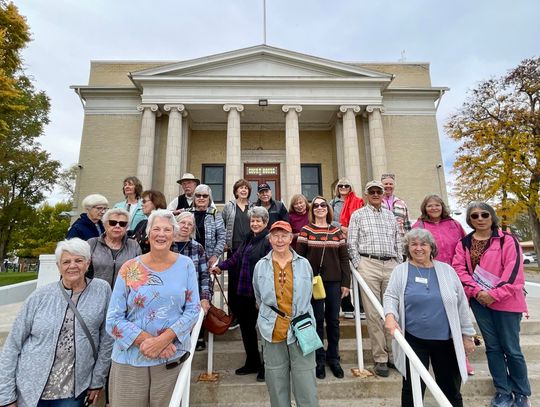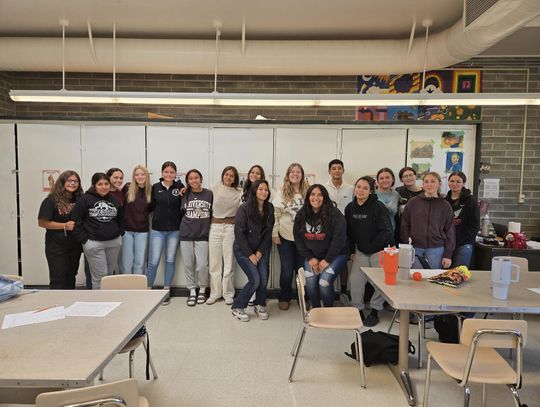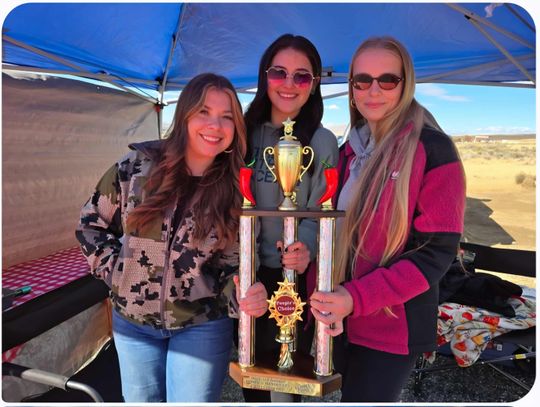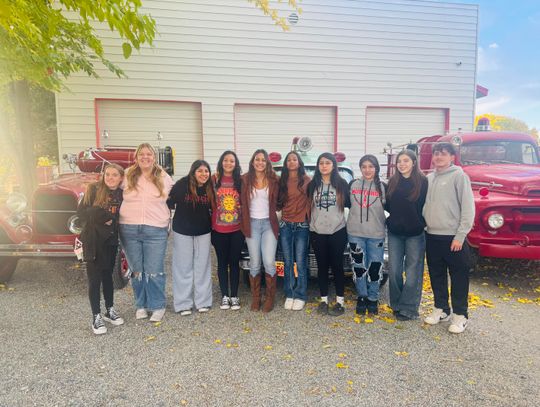David Hurst Thomas, an archaeologist with the American Museum of Natural History, once wrote, “Archaeologists are the scientists who sift other people’s garbage. They have probed and poked the garbage of 10,000 years in the deserts of Nevada.” In the case of Hidden Cave near Grimes Point, the archaeologists who have excavated the site have found little garbage but much of interest.
The discovery of the cave goes back to the earliest settlement of Lahontan Valley. According to a legend, toward the end of the 19th Century a bank robber bragged that he had hidden a fantastic amount of money in a cave near Grimes Point. That led four young Fallon boys to begin a search for the treasure in 1927. Climbing around the rock features close to Grimes Point, they felt a breeze and crawled through the small cave opening but were too frightened to pursue their adventure. A guano miner named McRiley heard about the boys’ discovery and began excavating the cave to extract the guano, prized as fertilizer.
If you study the record of almost any archaeological discovery made in this part of Nevada, you will run into the name, Margaret “Peggy” Wheat, our local expert on Native American history and customs and author of “Survival Arts of the Primitive Paiute.” Peggy kept her eyes and ears open to any potential archaeological discoveries. When she heard that McRiley was complaining that his guano mining efforts were hindered by the fact that the cave was full of “Indian junk,” she went to work, inviting archaeologist Mark Harrington, with permission from the BLM, to excavate the cave in 1935. Wheat escorted Harrington and his assistant, Sessions Wheeler, to where she remembered seeing the cave. At first, they could not locate any cave opening, prompting Harrington to exclaim, “This is certainly one very hidden cave.” A place name was born.
They finally located the very hidden cave, and, in 1940, Wheeler returned to the site, now working as an archaeologist for the State Highway Commission. He was assisted by his wife, Georgette, and at times by men from the local Civilian Conservation Corps camps. During their excavation project, the Wheelers recovered more than 1500 prehistoric artifacts, some of them dating back 1800 to 1500 years ago (200-500 C.E.) and a few dating from as far back as 3000 years ago. The Wheelers were challenged by the blinding and choking guano dust stirred up by their excavations and by the difficulty of climbing in and out of the cave, but their work has been assessed by later archaeologists as having been very professionally executed. Their collection of artifacts is held by the Nevada State Museum.
The most thorough archaeological excavation was undertaken in 1979 by the above-mentioned David Hurst Thomas and crew. Because of the difficulties encountered by the Wheelers, Thomas had ramps and walkways built to facilitate access into the cave and reduce disturbance of the cave’s surface. Thomas knew that the guano mining had degraded the top surface of the cave, which, if intact, would have revealed more about its more recent history. His methods greatly facilitated both the excavation of the lower levels and public access into the cave.
The archaeological evidence gathered through these combined efforts supports the fact that Hidden Cave was a cache pit, as distinguished from a burial site, a ceremonial site, or a dwelling. It had been used for stowing away valuables in a dry place that could be located for their later retrieval, not unlike a safety deposit box. Recovered treasures include basketry, projectile shafts and points, nets, beads, and seeds.
I recently visited the Hidden Cave display cases housed in the Churchill County Museum to view the Hidden Cave artifacts displayed there. I was not prepared to be as touched as I was. Across a bridge of thousands of years, I felt the bond that connects “them” to me, forged by our common fears, desires, and hopes. I was quite taken by a kind of carryall bag, beautifully made of interwoven strands of hemp, similar to a modern tote used to carry essentials to town or to the beach. I loved a small sandal woven of plant material (cattail or tule). It would not be terribly out of place on a sandy beach at Tahoe. A few shell beads confirm the fact that 1800 years ago (c. 300 C.E.), a trade route connected the Lahontan Valley to the sea, an ancient “Seashell Road” parallel in time to Asia’s Silk Road. A woven round mat had been designed to cleverly shelter and conceal the valuables so that they might be retrieved from the “cache” on the owner’s next pass through the Valley.
For more information about tours of Hidden Cave and to view a well-produced video on the subject, visit www.ccmuseum.org.
Please send your stories and ideas for stories to [email protected].












Comment
Comments